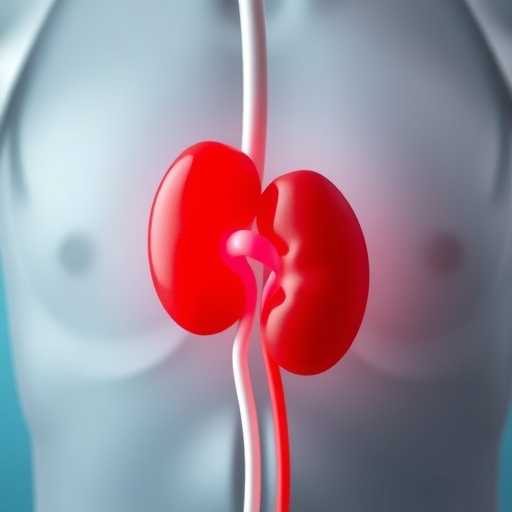In the current issue of Cardiovascular Innovations and Applications (Volume3, Number 1, 2018, pp. pp. 107-122(X); DOI: 10.15212/CVIA.2017.0041, researchers Ahmed Kheiwa, Anushree Agarwal and Anitha John from the Division of Cardiology, Department of Medicine, University of California San Francisco, San Francisco, CA, USA and the Division of Cardiology, Department of Pediatrics, Children's National Health System, George Washington University, Washington, DC, USA provide a summary of the Fontan surgeries and resultant physiology, discuss long-term complications, and provide a contemporary review of the management strategies.
The Fontan operation, first described in 1971, was introduced as a palliative procedure for patients with tricuspid atresia. It later evolved to become the palliative surgery for other forms of congenital heart disease (CHD) with single ventricle physiology in which biventricular repair is not feasible. Since the original description, there have been multiple modifications of the surgical technique. The procedure creates nonpulsatile pulmonary flow via direct connection of the venae cavae to the pulmonary arteries and results in an immediate elevation in central venous pressure. The unique physiological consequences of the Fontan circulation not only impact the cardiovascular system but also impose challenges at a multisystem level.
With recent advances in surgical techniques and medical management, long-term survival after the Fontan operation has significantly improved. However, there are numerous long-term complications, including Fontan failure, arrhythmia, premature cardiac death, liver disease, PLE, and need for reoperation. As more patients survive to adulthood, innovative management strategies to maintain quality of life and extend life expectancy are needed.
###
CVIA is available on the IngentaConnect platform and at Cardiovascular Innovations and Applications. Submissions may be made using ScholarOne Manuscripts. There are no author submission or article processing fees. CVIA is indexed in the ESCI, OCLC, Primo Central (Ex Libris), Sherpa Romeo, NISC (National Information Services Corporation), DOAJ and Index Copernicus Databases. Follow CVIA on Twitter @CVIA_Journal; or Facebook.
Media Contact
Morgan Lyons
[email protected]
http://dx.doi.org/10.15212/CVIA.2017.0041




